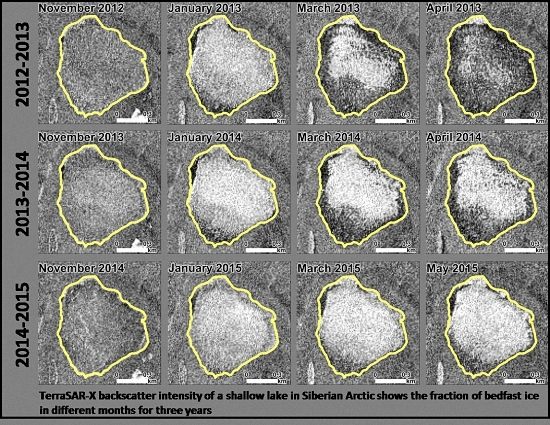
You can read it with the following code if you want to also display the header (column names). The time series object is created by using the ts () function. It is also a R data object like a vector or data frame. Other packages such as xts and zoo provide other APIs for manipulating time series. The data for the time series is stored in an R object called time-series object. In order to begin working with time series data and forecasting in R, you must first acquaint yourself with R’s ts object. So lets start with writing following code in a text file called test. In part 1, I’ll discuss the fundamental object in R the ts object. file.access will give a more reliable view of read/write access availability to the R process. Usually, you will do your programming by writing your programs in script files and then you execute those scripts at your command prompt with the help of R interpreter called Rscript. Sep = "", # Separator of the columns of the fileĭec = ".") # Character used to separate decimals of the numbers in the fileĬonsider, for instance, that yo have a TXT file called my_file.txt and you have put it in your R working directory. The execute/search bits are set for directories, and for files based on their extensions (e.g., ‘. Header = FALSE, # Whether to display the header (TRUE) or not (FALSE)
Text file time series in r full#
read.table(file, # TXT data file indicated as string or full path to the file To use the SMA () function, you need to specify the order (span) of the simple moving average, using the parameter n. This basic syntax affects to almost all TXT data files. Once you have installed the TTR R package, you can load the TTR R package by typing: > library('TTR') You can then use the SMA () function to smooth time series data. For financial applications, Plotly can also be used to create Candlestick charts and OHLC charts, which default to date axes. For more examples of such charts, see the documentation of line and scatter plots or bar charts. In the following subsections we will explain two more ( skip and skipNul) if needed, but in case you want to know all the arguments you can find them in the read.table function documentation or calling ?read.table. Time Series using Axes of type date Time series can be represented using plotly functions ( line, scatter, bar etc).

Importing TXT into R rarely needs more arguments than specified.

You can read a TXT file in R with the read.table function.
Text file time series in r how to#


 0 kommentar(er)
0 kommentar(er)
